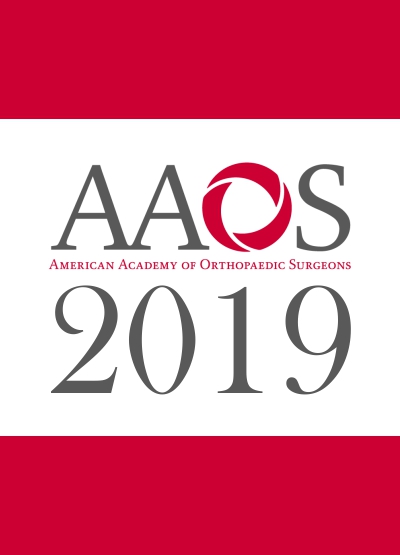
AAOS2019: iNPWT vs. standard care in lower extremity total joint arthroplasties

AAOS2019: iNPWT vs. standard care in lower extremity total joint arthroplasties
Incisional Negative Pressure Wound Therapy Devices Improve Short-Term Wound Complications, but Not Long-Term Infection Rate Following Hip and Knee Arthroplasty
CONFERENCE ACE REPORTS
This ACE Report is a summary of a conference presentation or abstract. The information provided has limited the ability to provide an accurate assessment of the risk of bias or the overall quality. Please interpret the results with caution as trials may be in progress and select results may have been presented.
Synopsis
398 patients were randomized to receive incisional negative pressure wound therapy (iNPWT) or standard post-operative care following a total joint arthroplasty (TJA). The outcomes of interest included drainage volume, complications, and wound-related outcomes. The results from the study found no significant difference in infection rates between the two groups. The iNPWT group displayed significant...
To view the full content, login to your account,
or start your 30-day FREE Trial today.
FREE TRIAL
LOGIN
Forgot Password?
Explore some of our unlocked ACE Reports below!

Learn about our AI Driven
High Impact Search Feature
Our AI driven High Impact metric calculates the impact an article will have by considering both the publishing journal and the content of the article itself. Built using the latest advances in natural language processing, OE High Impact predicts an article’s future number of citations better than impact factor alone.
Continue



 LOGIN
LOGIN

Join the Conversation
Please Login or Join to leave comments.